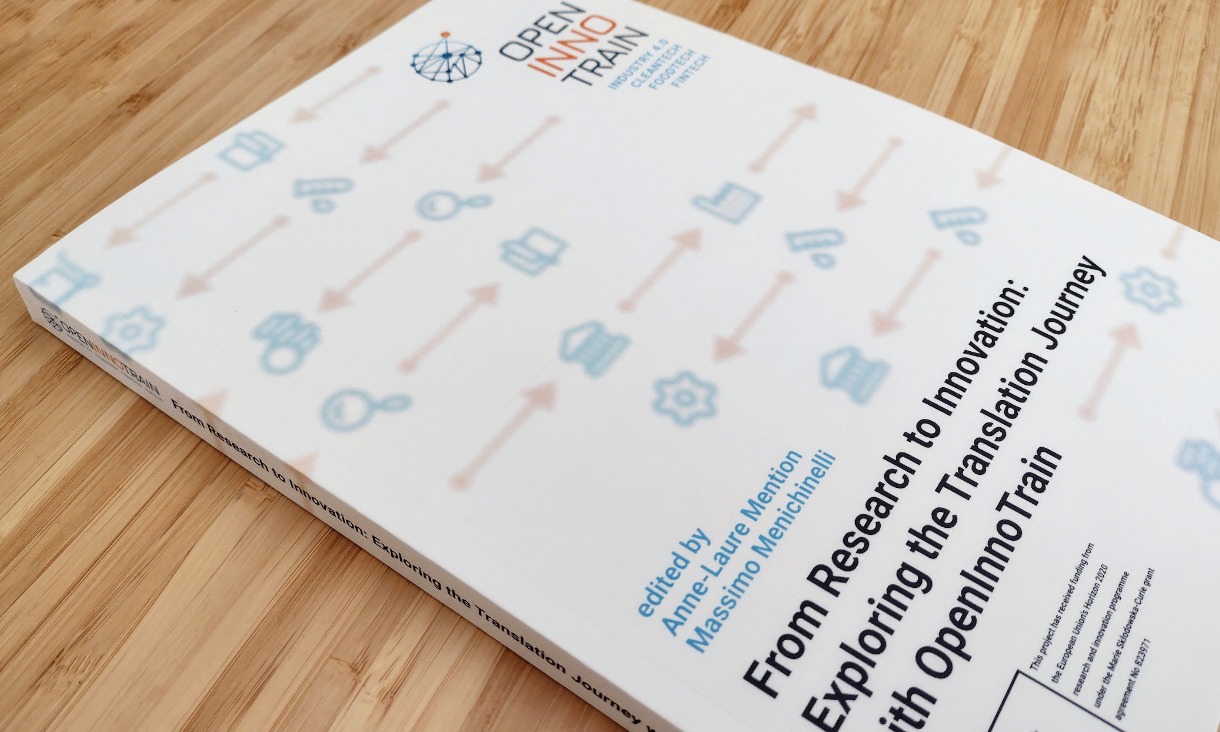As RMIT innovation expert Dr Olga Kakshagina points out, these competitions are not new: a contest during France’s 1869 butter shortage led to margarine’s creation; another contest in 1773 produced a method for finding longitude at sea.
Yet despite this long tradition, we continue to repeat common mistakes in how we set up these innovation competitions.
As a result, says Kokshagina, many crowdsourcing challenges fail, or at least under-deliver.
"Based on extensive research and involvement in crowdsourcing innovation campaigns, we’ve identified eight key ingredients for unleashing the full power of crowdsourced innovation," she says.
So here is how to crowdsource innovation more effectively.
1. Define the problem at the right scale
"We know that overly complex or specific challenges attract much fewer participants. Yet overly abstract or general challenges likewise fail not engage innovators," Kokshagina says.
"It is therefore important to find a balance between the two."
Considering that innovation often comes from outsiders in a particular domain, reframing the problem for non-experts can often be beneficial in attracting fresh perspectives.
For example, she says, ontest that deals with computational problems in biology should be formulated in a way that it is generalisable to any life sciences problem, devoid of biological concepts and translated into generic computer-science terms.
2. Reach the right crowds
Crowdsourcing is all about tapping into unexpected ideas, which often come from unexpected places.
You need to ensure the right coverage for your challenge to promote it broadly enough.
For this, recognised institutions or high-profile individuals are helpful.
Then you have to communicate the challenge so that these crowds think it really matters, when they do they’re more likely to stay engaged with the platform.
3. Keep yoursolvers active during the challenge
Studies show the rate of participation in these competitions drops off rapidly with time, especially for innovators with lower levels of expertise.
To keep the fresh perspectives from outsiders in the mix, you need to find a way to keep these people motivated during the challenge.
A tried and tested method, which works in more collaborative and open challenges, is to enable participants to comment on each other’s ideas and even join forces as teams to keep participants active.
Another successful method can be breaking a challenge into smaller ones to engage crowds in a more longitudinal problem-solving approach and even create a community of practice.
4. Have informed ambassadors
Havingaccessibleonlineambassadors, who are knowledgeable enough to make great connections and provide feedback, makes a massive difference.
This can also help identify valuable insights and connect people in collaborative phases of challenges.
When grand challenges are at stake, we need to be open to solutions from anywhere and having someone to identity this external knowledge and connect the right people can help to find truly new ground.
5. Challenge initially submitted ideas
Sometimes ideas proposed seem to be too obvious, lacking novel for your organisation.
It is possible to challenge solvers by making these ideas more ambitious, by thinking of alternatives using what if questions or techniques like SCAMPER (substitute, combine, adapt, modify, eliminate, reverse ideas), ASIT, reverse brainstorming to challenge initial propositions.
Another useful technique is to force idea combinations. This is particularly useful given a short time duration for the challenges where many immature ideas are abandoned at the end, even though some might have potential.
Prior research shows that clustering some of these ideas together can be beneficial.
For instance, we used clustering as an approach to increase originality of ideas at STMicroelectronics, a leading semiconductor company in Europe.
This increased generic potential of the ideas leading to the development of solutions that addressed several markets.
6. Set the right incentives
Incentives are important, but research shows non-monetary awards can be as important as cash prizes.
It is somewhat amusing to see how often people spend more money to actually find solutions in these competitions than the actual amount they can win.
Setting the right combination of incentives particularly designed for a problem at stake can greatly influence the outcomes of the competition.
For example, competitions that require high technical skills prove to be more efficient with performance-based incentives were prizes are not fixed at the beginning and participants are often allowed to keep ownership of their ideas.
7. Design for success
Sometimes we need to come up with both problems and solutions. For this, design driven approaches are important.
They allow our great innovators to design truly new directions, rather than just asking the same questions and coming back with the same answers.
Design driven approaches can be a very powerful innovation tool, where rather than just taking guesses in an unknown landscape, we are designing new ones. Successful competitions reflect this approach.
For example, we used a C-K design driven framework to create a concept map on the uses of data for the problem of cancer.
This approach helped us establish a common problem understanding for patients, oncologists and data scientists, which in turn sparked new lines of questioning for the community to deal with during the challenge.
8. Ensure mechanisms of ideas evaluation and appropriation in place
Finally, seekers need to be able to evaluate ideas properly.
We are often confronted with the novelty bias here: when ideas are too radical or too far from the companies’ traditional business, seekers struggle to understand the idea’s potential.
Even if the firm got lucky and selected one of these ideas, it is extremely hard to properly absorb them or to incubate or accelerate them internally because the expertise to fully explore the potential of these ideas simply does not exist internally.
A firms' ability to span out of its core competences is key in this process and can be even solicited with the help of open innovation intermediaries to manage absorptive capacity or company builders to test the potential of these ideas externally before deciding on next steps.
Dr Olga Kokshagina is a Vice Chencellor's Research Fellow in Global Business Innovation at RMIT. A major focus of her research is how interdisciplinary organisations can meet grand challenges like curing cancer, climate change, energy transition and food scarcity.
Story: Michael Quin





